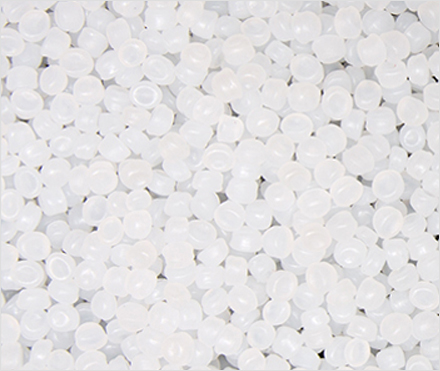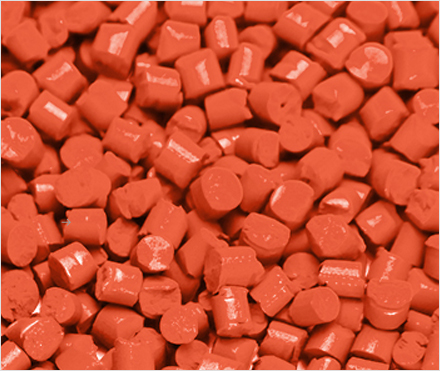Thermoplastic Elastomers (TPE) are a unique class of materials that offer the combined benefits of plastics and rubbers. Their distinctive properties make them suitable for a wide range of applications across various industries. In this blog, we will explore the key characteristics of TPE, highlighting what makes this material so versatile and valuable.
TPEs are a family of polymers that exhibit both thermoplastic and elastomeric properties. They can be stretched to moderate elongations and return to their near original shape, creating a longer life and better physical range than other materials. These properties result from the material's molecular structure, which includes both hard and soft segments.
One of the most notable features of TPE is its flexibility and elasticity. Similar to rubber, TPE can be stretched and compressed and will return to its original shape once the stress is removed. This makes it ideal for applications requiring a high degree of flexibility and durability, such as seals, gaskets, and flexible joints.
TPEs can be processed using conventional thermoplastic techniques such as injection molding, extrusion, and blow molding. This makes manufacturing with TPEs more efficient and cost-effective compared to traditional rubber processing methods, which typically require curing and more complex processing steps.
TPEs offer excellent resistance to wear, fatigue, and environmental factors such as UV radiation and ozone. This durability extends the life of products made from TPE, making it a preferred material for applications that require long-term performance, such as automotive parts, industrial components, and consumer goods.

TPEs maintain their properties over a wide temperature range. They are capable of withstanding both high and low temperatures, which is essential for applications exposed to varying environmental conditions. For example, TPEs used in automotive parts must perform well in both hot engine compartments and cold exterior environments.
Many TPEs are resistant to chemicals, oils, and solvents, making them suitable for use in harsh chemical environments. This characteristic is particularly valuable in the medical, automotive, and industrial sectors, where exposure to various chemicals is common.
Certain types of TPEs, such as those used in medical applications, are biocompatible. This means they do not produce an adverse reaction when in contact with biological tissues, making them safe for use in medical devices, tubing, and other healthcare products.

Unlike traditional vulcanized rubber, TPEs can be reprocessed and recycled. This makes TPEs an environmentally friendly option, aligning with the growing demand for sustainable materials. Recyclability not only reduces waste but also lowers material costs in manufacturing.
TPEs can be formulated to provide a soft, tactile feel, enhancing the comfort and usability of products. This characteristic is particularly beneficial for consumer goods, such as handles, grips, and wearable items, where user comfort is a priority.
TPEs can be easily colored and can also be made transparent, providing designers with a wide range of aesthetic options. This versatility in appearance makes TPEs suitable for consumer products, packaging, and any application where visual appeal is important.
The characteristics of Thermoplastic Elastomers (TPE) make them a highly versatile and valuable material in modern manufacturing. Their unique combination of flexibility, durability, processability, and environmental resistance allows them to be used in a wide array of applications, from automotive parts and medical devices to consumer goods and industrial components. As industries continue to seek materials that offer both performance and sustainability, the importance and application of TPE are set to grow even further.
